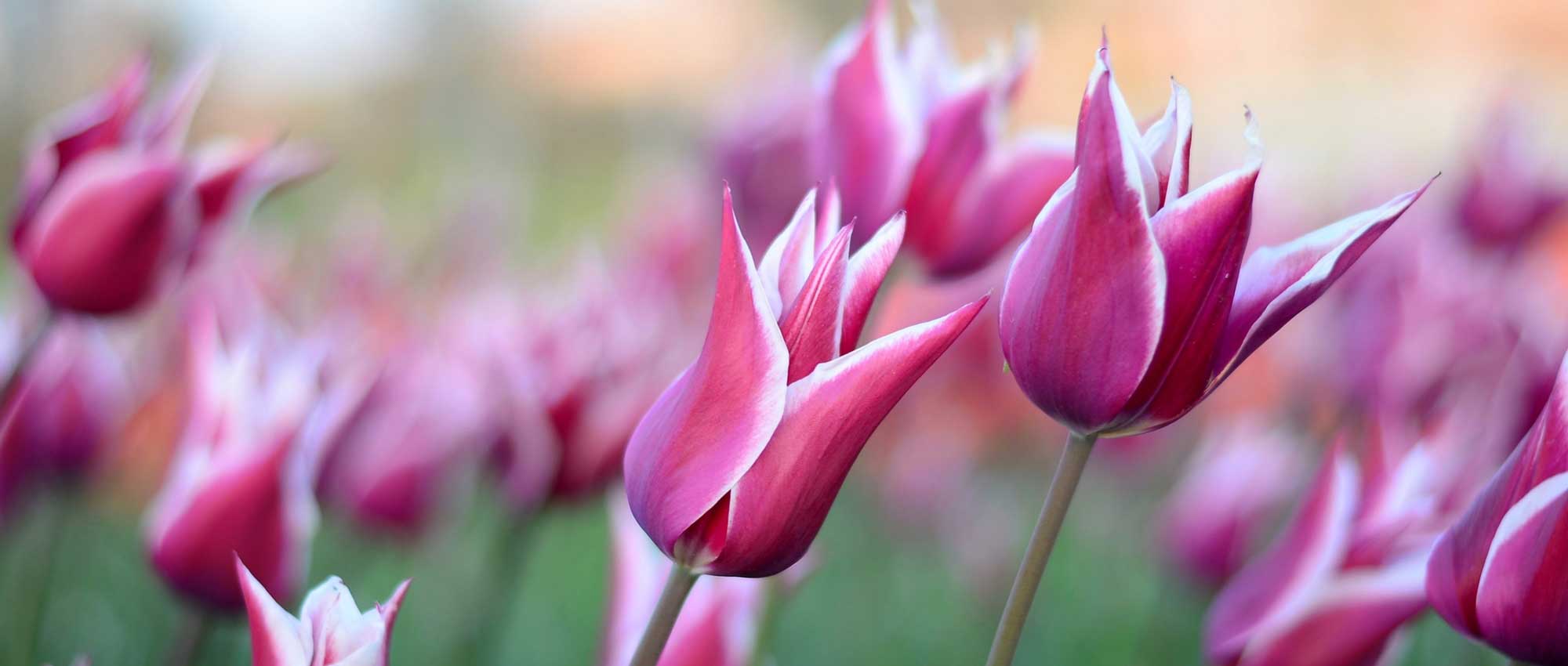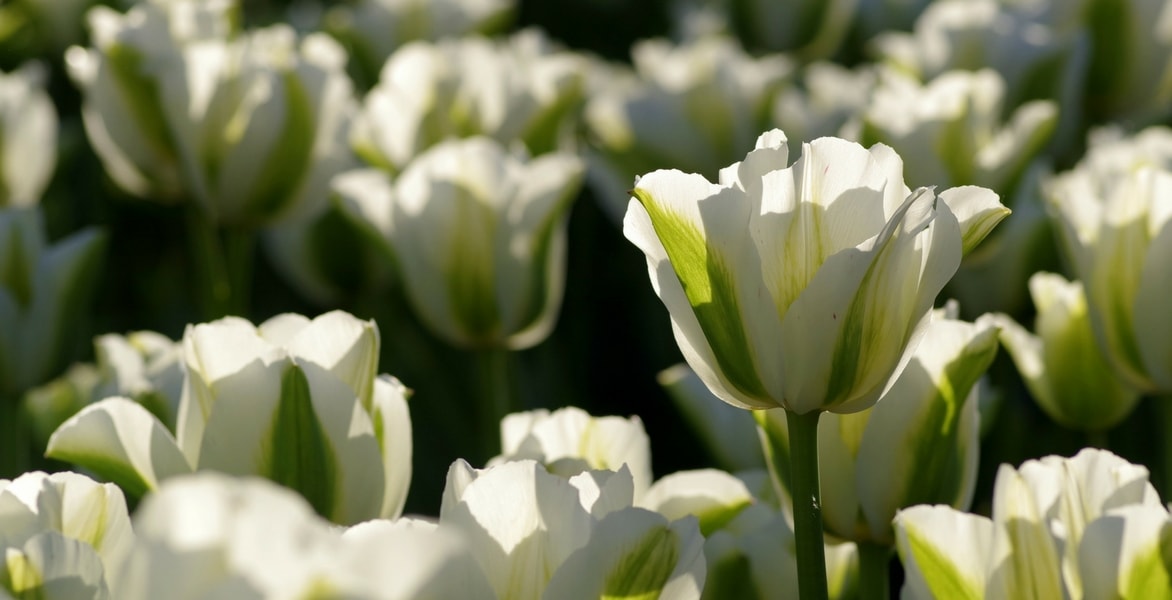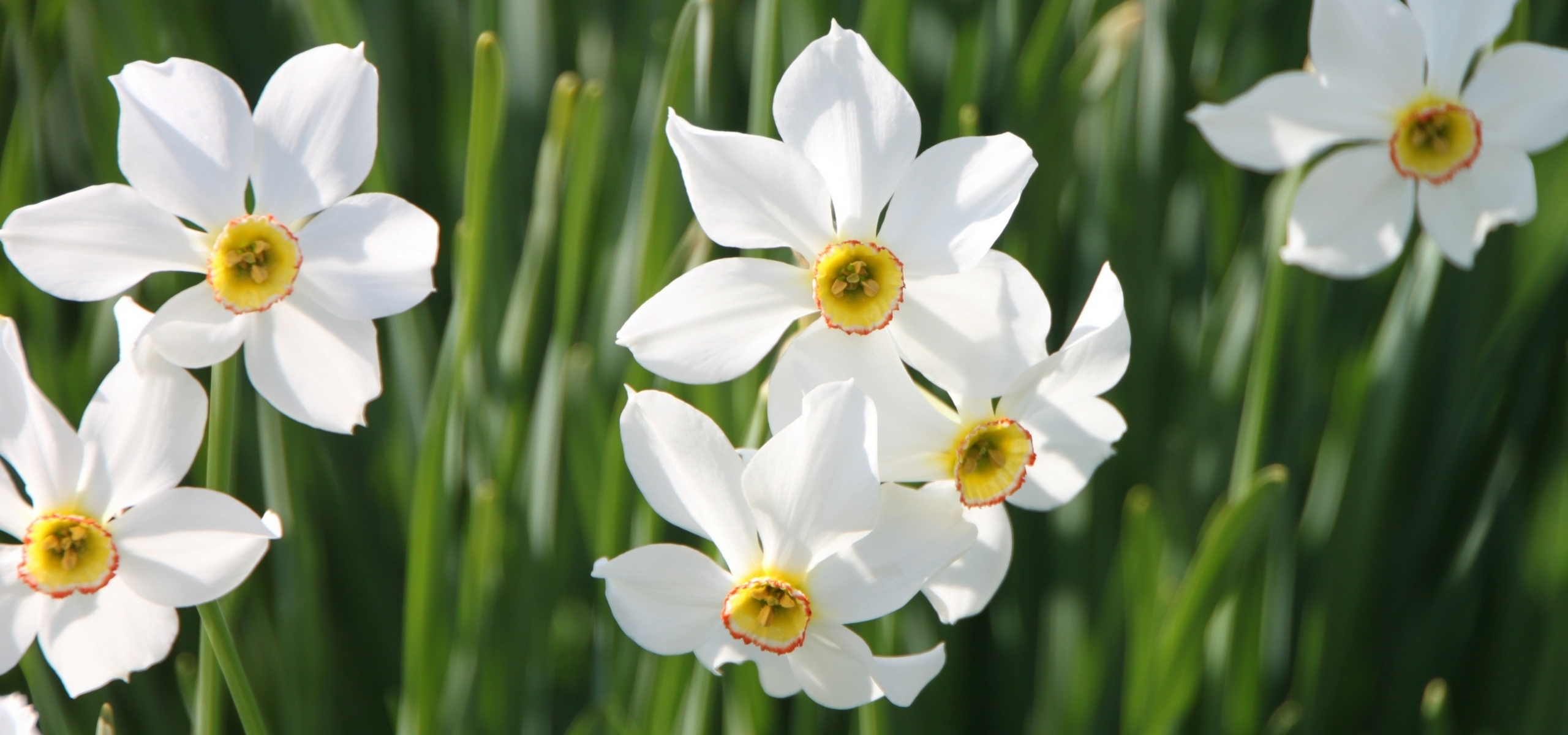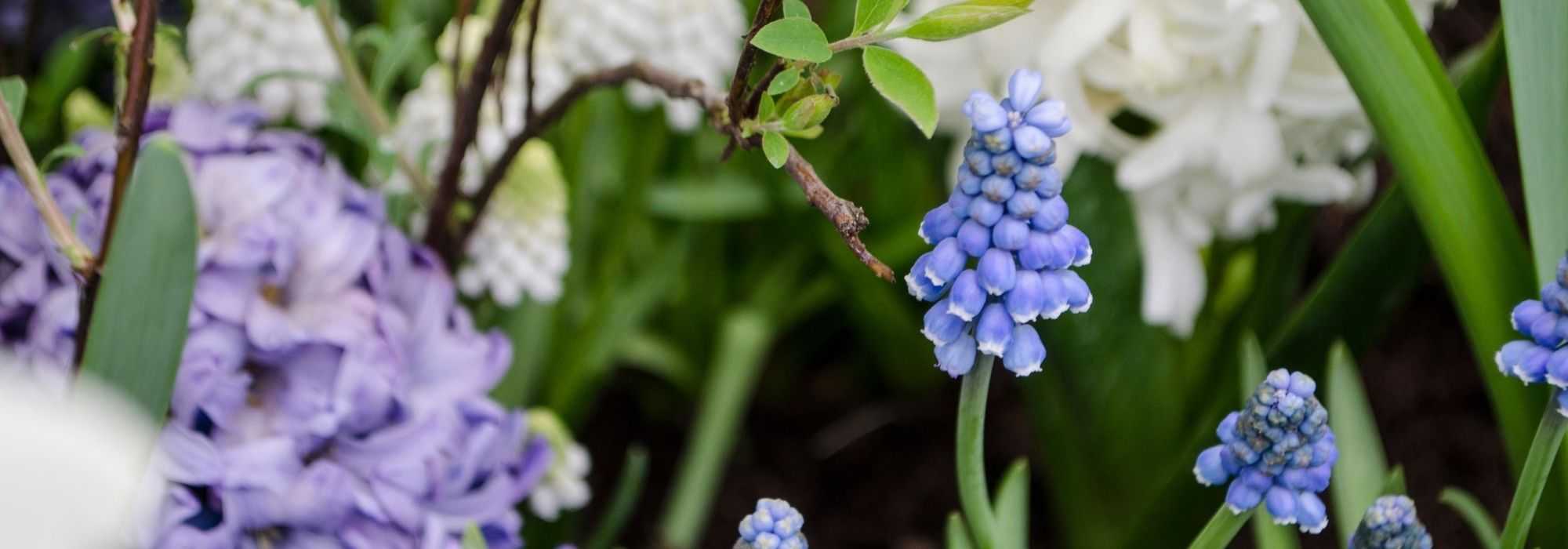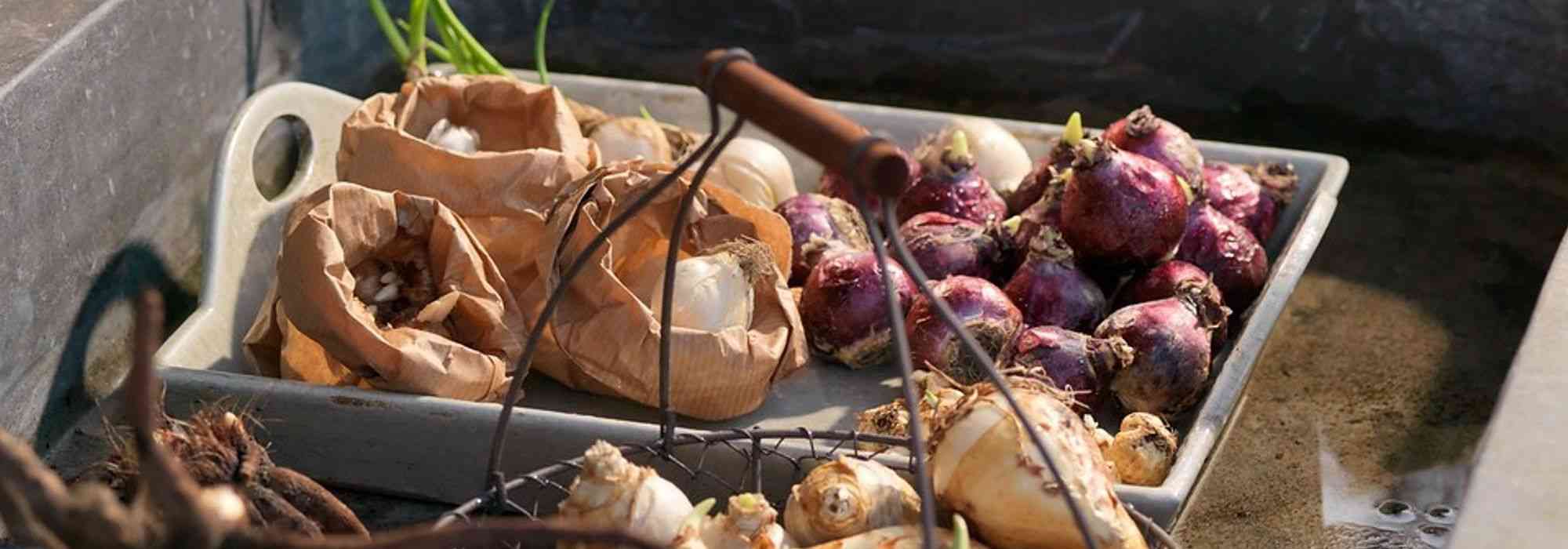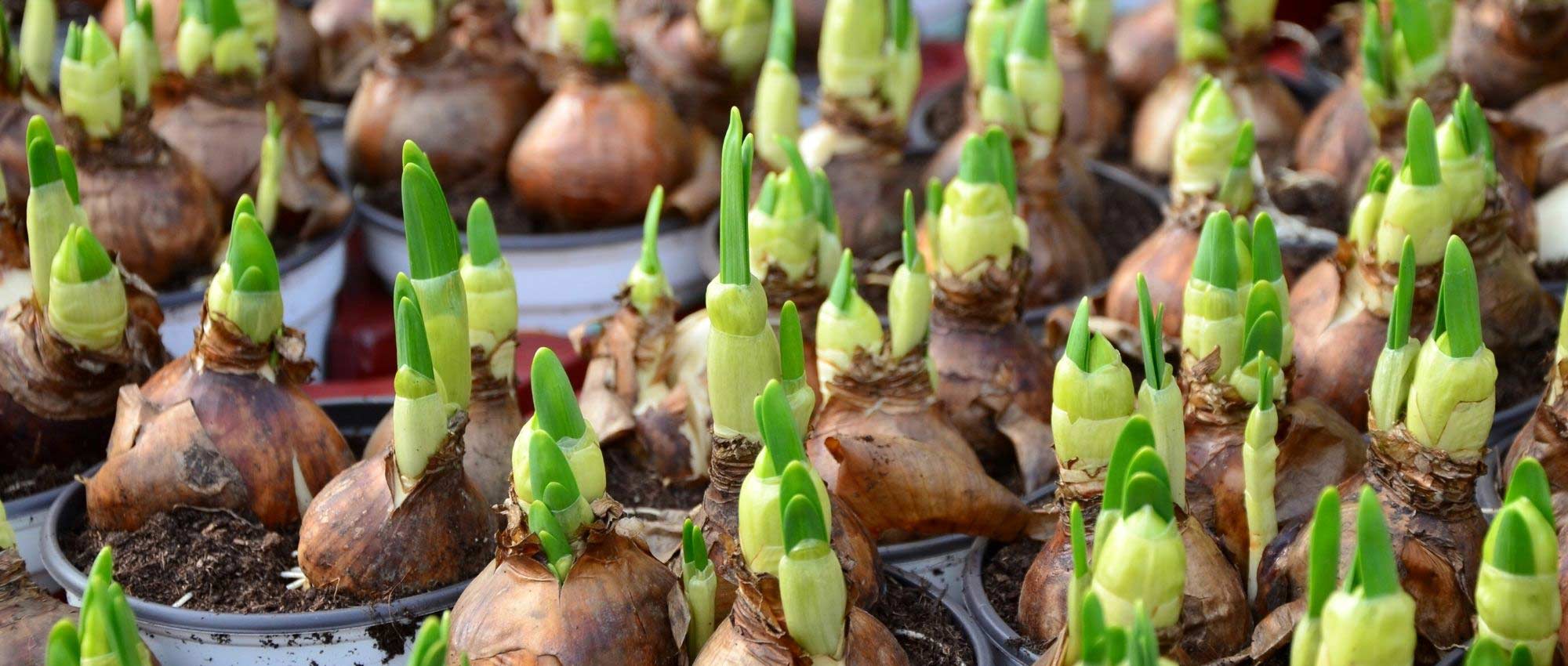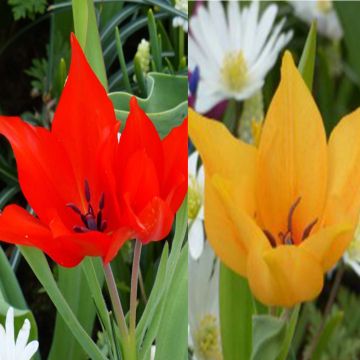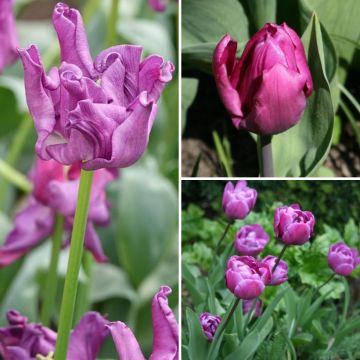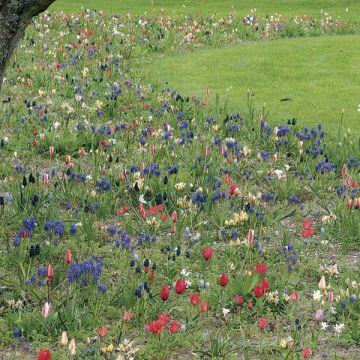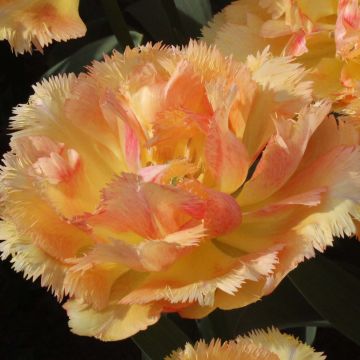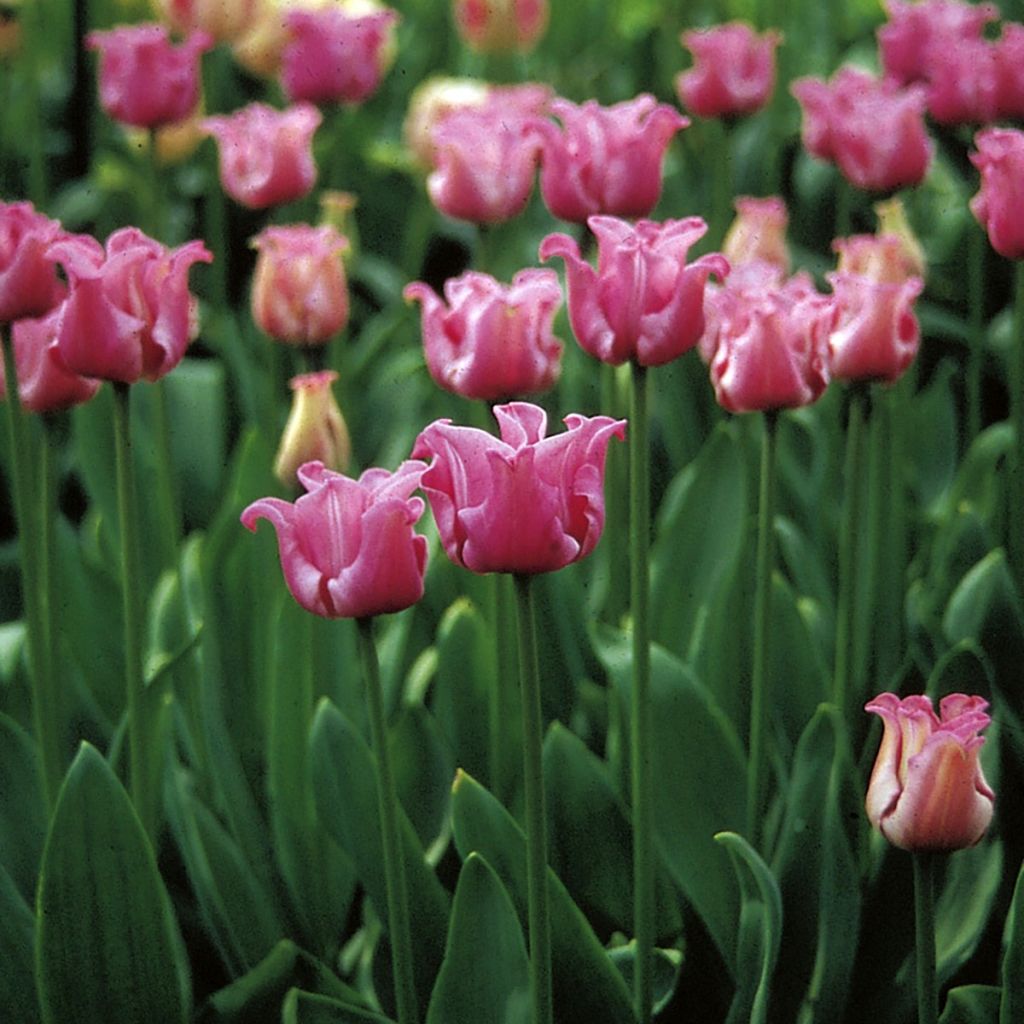

Tulipa Picture - Tulipe Groupe Coronet
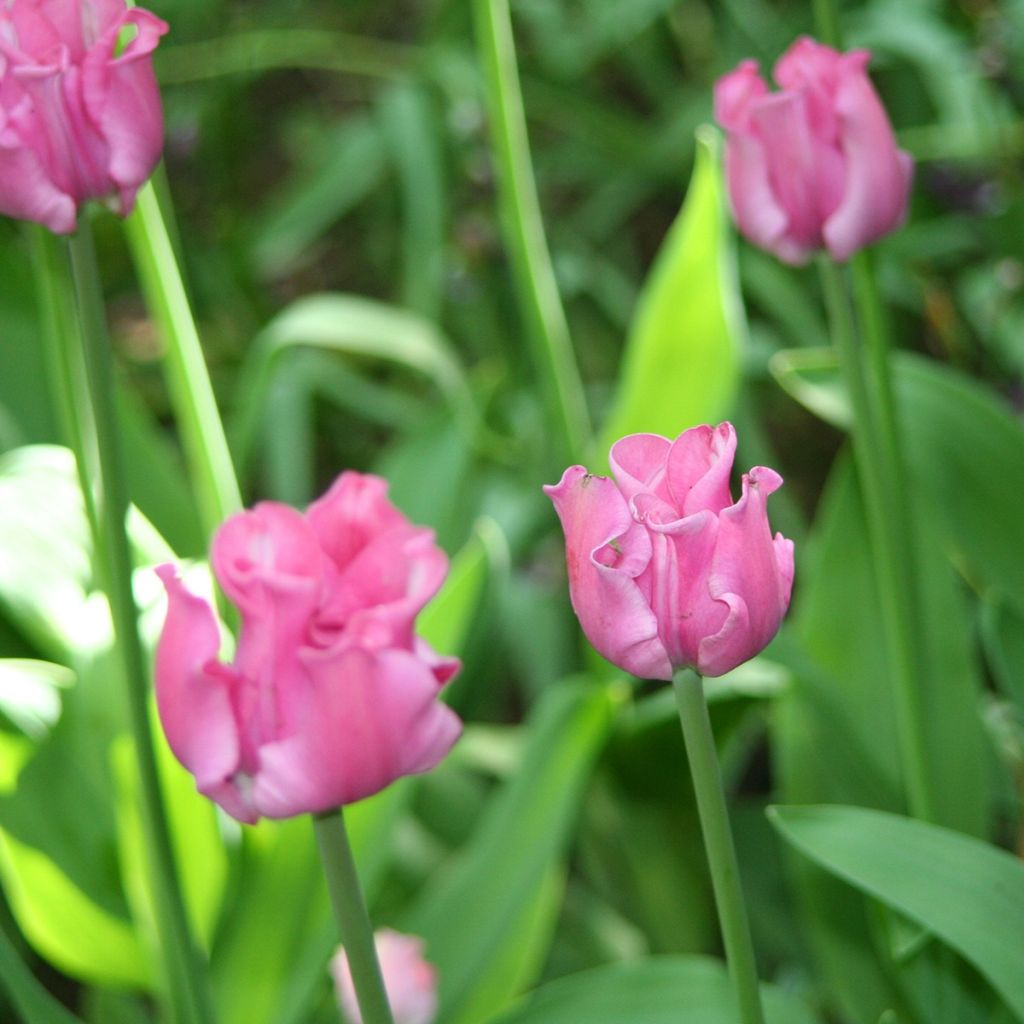

Tulipa Picture - Tulipe Groupe Coronet
Tulipa Picture - Crown tulip
Tulipa Picture
Coronet/crown tulip
Special offer!
Receive a €20 voucher for any order over €90 (excluding delivery costs, credit notes, and plastic-free options)!
1- Add your favorite plants to your cart.
2- Once you have reached €90, confirm your order (you can even choose the delivery date!).
3- As soon as your order is shipped, you will receive an email containing your voucher code, valid for 3 months (90 days).
Your voucher is unique and can only be used once, for any order with a minimum value of €20, excluding delivery costs.
Can be combined with other current offers, non-divisible and non-refundable.
Home or relay delivery (depending on size and destination)
Schedule delivery date,
and select date in basket
This plant carries a 6 months recovery warranty
More information
We guarantee the quality of our plants for a full growing cycle, and will replace at our expense any plant that fails to recover under normal climatic and planting conditions.
Would this plant suit my garden?
Set up your Plantfit profile →
Description
The Tulip 'Picture' is a variety remarkable for the uniqueness of its flowering, which clearly distinguishes it from typical tulips. Borne on long sturdy stems, its lilac-pink flowers have an unusual shape: the laterally compressed and pointed petals open to form a corolla that evokes the stylised shape of a crown. Its graphic appearance is particularly appreciated in spring borders and floral arrangements in vases.
The Tulip 'Picture' belongs to the Coronet group, a distinct horticultural group defined by the specific shape of its flowers. It is also part of the single late tulips which flower after the single early tulips. Cultivated since 1949 and selected by G. Baltus, the 'Picture' is now a historical variety, but still appreciated for its majestic habit and magnificent colouring in shades of lilac-tinged pink. Once fully open, the flowers reache approximately 7 to 8 cm in diameter, while maintaining a slender and graphic appearance. This variety flowers in May, more or less early depending on the climate, on stems of 60 cm. Like all tulips, this bulbous plant belongs to the Liliaceae family and grows well in well-drained soil, in sun or partial shade. Its robust stems resist rain, holding the flowers well above the light green, broadly lanceolate foliage. The foliage dries up a few weeks after flowering, while the bulb enters dormancy.
The Tulip 'Picture' adds a very graphic note to spring borders. It will blend into an elegant display mixing the almost black Tulip 'Queen of the Night' and Tulip 'Menton', with its salmon-pink hues. Make these tulips emerge from the silvery foliage of the artemisia Artemisia 'Valerie Finnis', which will highlight their colouring while lightening the whole. The 'Picture' can be used equally well in structured borders as in containers on the patio, where it will play a solo role in a sober and contemporary setting.
Tulipa Picture - Crown tulip in pictures


Plant habit
Flowering
Foliage
Botanical data
Tulipa
Picture
Liliaceae
Coronet/crown tulip
Tulipa Coronet Picture
Cultivar or hybrid
Planting and care
Place the 'Picture' tulips in a sunny spot from late September to December for spring flowering. Plant the bulbs in well-drained, deeply loosened soil at a depth of 15 cm. Space the bulbs 10 cm apart without touching each other to create a mass effect for a more decorative appearance. The care required is very easy. Simply cut the flower stems after flowering and allow the leaves to dry completely before cutting them.
Planting period
Intended location
Care
Planting & care advice
This item has not been reviewed yet - be the first to leave a review about it.
Similar products
Haven't found what you were looking for?
Hardiness is the lowest winter temperature a plant can endure without suffering serious damage or even dying. However, hardiness is affected by location (a sheltered area, such as a patio), protection (winter cover) and soil type (hardiness is improved by well-drained soil).

Photo Sharing Terms & Conditions
In order to encourage gardeners to interact and share their experiences, Promesse de fleurs offers various media enabling content to be uploaded onto its Site - in particular via the ‘Photo sharing’ module.
The User agrees to refrain from:
- Posting any content that is illegal, prejudicial, insulting, racist, inciteful to hatred, revisionist, contrary to public decency, that infringes on privacy or on the privacy rights of third parties, in particular the publicity rights of persons and goods, intellectual property rights, or the right to privacy.
- Submitting content on behalf of a third party;
- Impersonate the identity of a third party and/or publish any personal information about a third party;
In general, the User undertakes to refrain from any unethical behaviour.
All Content (in particular text, comments, files, images, photos, videos, creative works, etc.), which may be subject to property or intellectual property rights, image or other private rights, shall remain the property of the User, subject to the limited rights granted by the terms of the licence granted by Promesse de fleurs as stated below. Users are at liberty to publish or not to publish such Content on the Site, notably via the ‘Photo Sharing’ facility, and accept that this Content shall be made public and freely accessible, notably on the Internet.
Users further acknowledge, undertake to have ,and guarantee that they hold all necessary rights and permissions to publish such material on the Site, in particular with regard to the legislation in force pertaining to any privacy, property, intellectual property, image, or contractual rights, or rights of any other nature. By publishing such Content on the Site, Users acknowledge accepting full liability as publishers of the Content within the meaning of the law, and grant Promesse de fleurs, free of charge, an inclusive, worldwide licence for the said Content for the entire duration of its publication, including all reproduction, representation, up/downloading, displaying, performing, transmission, and storage rights.
Users also grant permission for their name to be linked to the Content and accept that this link may not always be made available.
By engaging in posting material, Users consent to their Content becoming automatically accessible on the Internet, in particular on other sites and/or blogs and/or web pages of the Promesse de fleurs site, including in particular social pages and the Promesse de fleurs catalogue.
Users may secure the removal of entrusted content free of charge by issuing a simple request via our contact form.
The flowering period indicated on our website applies to countries and regions located in USDA zone 8 (France, the United Kingdom, Ireland, the Netherlands, etc.)
It will vary according to where you live:
- In zones 9 to 10 (Italy, Spain, Greece, etc.), flowering will occur about 2 to 4 weeks earlier.
- In zones 6 to 7 (Germany, Poland, Slovenia, and lower mountainous regions), flowering will be delayed by 2 to 3 weeks.
- In zone 5 (Central Europe, Scandinavia), blooming will be delayed by 3 to 5 weeks.
In temperate climates, pruning of spring-flowering shrubs (forsythia, spireas, etc.) should be done just after flowering.
Pruning of summer-flowering shrubs (Indian Lilac, Perovskia, etc.) can be done in winter or spring.
In cold regions as well as with frost-sensitive plants, avoid pruning too early when severe frosts may still occur.
The planting period indicated on our website applies to countries and regions located in USDA zone 8 (France, United Kingdom, Ireland, Netherlands).
It will vary according to where you live:
- In Mediterranean zones (Marseille, Madrid, Milan, etc.), autumn and winter are the best planting periods.
- In continental zones (Strasbourg, Munich, Vienna, etc.), delay planting by 2 to 3 weeks in spring and bring it forward by 2 to 4 weeks in autumn.
- In mountainous regions (the Alps, Pyrenees, Carpathians, etc.), it is best to plant in late spring (May-June) or late summer (August-September).
The harvesting period indicated on our website applies to countries and regions in USDA zone 8 (France, England, Ireland, the Netherlands).
In colder areas (Scandinavia, Poland, Austria...) fruit and vegetable harvests are likely to be delayed by 3-4 weeks.
In warmer areas (Italy, Spain, Greece, etc.), harvesting will probably take place earlier, depending on weather conditions.
The sowing periods indicated on our website apply to countries and regions within USDA Zone 8 (France, UK, Ireland, Netherlands).
In colder areas (Scandinavia, Poland, Austria...), delay any outdoor sowing by 3-4 weeks, or sow under glass.
In warmer climes (Italy, Spain, Greece, etc.), bring outdoor sowing forward by a few weeks.


































